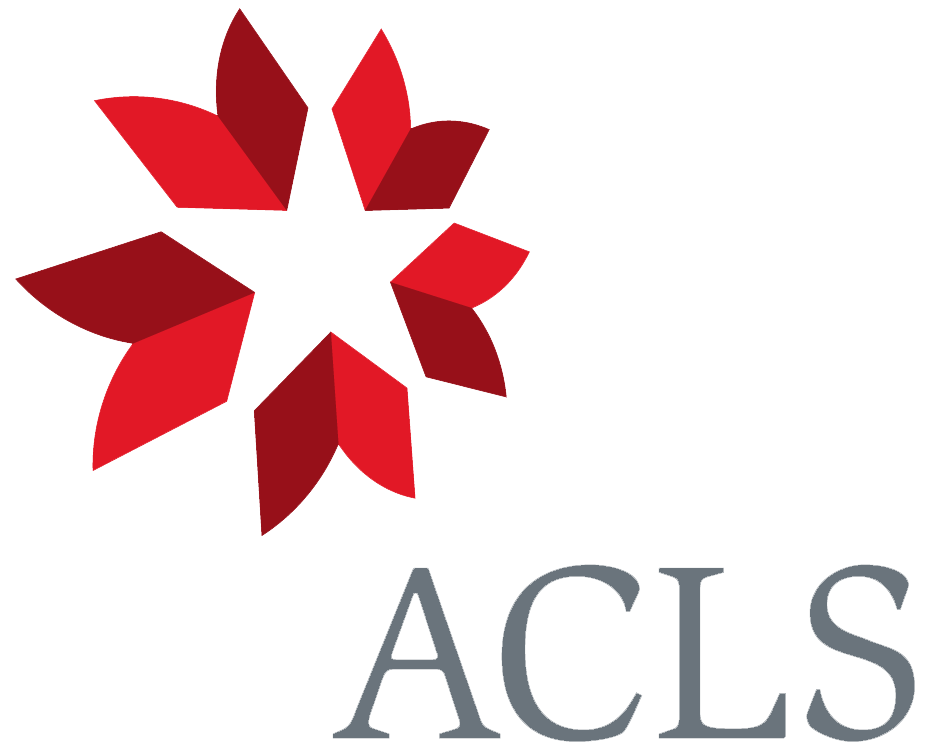To W. T. Thiselton-Dyer 1 July 1874
Down, | Beckenham, Kent.
July 1 1874
My dear Mr Dyer
Very many thanks for your interesting letter.
You have not the least cause to apologize, for I enjoyed sending you my notes.1 I think I have solved both the puzzles with which I before concluded.
A solution of C. of ammonia & an infusion of raw meat, both cause inflection: I failed before because I tried a sol. of 2. gr to 1 oz, & just as with Drosera, a strong sol. paralyses the plant (tho’ causing aggregation) so it does with Pinguicola.2 If a sol. of meat be dropped along the midrib, the 2 sides approach each other; but if the drop spreads a little on one side, it sends a motor influence to the extreme margin of that side, which becomes involuted. In all cases the bending inwards ceases after 24 hrs & the edges of the leaf bend back again, & I was wrong in supposing that the object was to pour secretion over the fly, tho’ a very little is thus poured. The real object seems to be to push the fly or bit of meat further on the leaf, by which means it is brought into contact with many glands.3 I have ascertained this by experiment. In this case the object food is moved, whereas with Drosera, the glands move to the object. I ought before to have stated that the footstalks of the glands have not the least power of inflection—
yours very sincerely | Ch. Darwin
Footnotes
Bibliography
Insectivorous plants. By Charles Darwin. London: John Murray. 1875.
Summary
Describes leaf movements of Pinguicula and Drosera in capturing prey. Notes effects of ammonium carbonate on leaves.
Letter details
- Letter no.
- DCP-LETT-9527
- From
- Charles Robert Darwin
- To
- William Turner Thiselton-Dyer
- Sent from
- Down
- Source of text
- Royal Botanic Gardens, Kew (Thiselton-Dyer, W. T., Carnivorous Plants)
- Physical description
- LS(A) 3pp
Please cite as
Darwin Correspondence Project, “Letter no. 9527,” accessed on
Also published in The Correspondence of Charles Darwin, vol. 22


